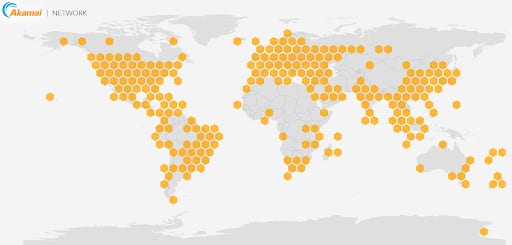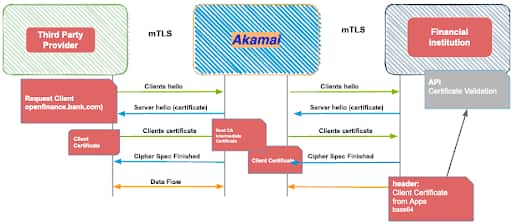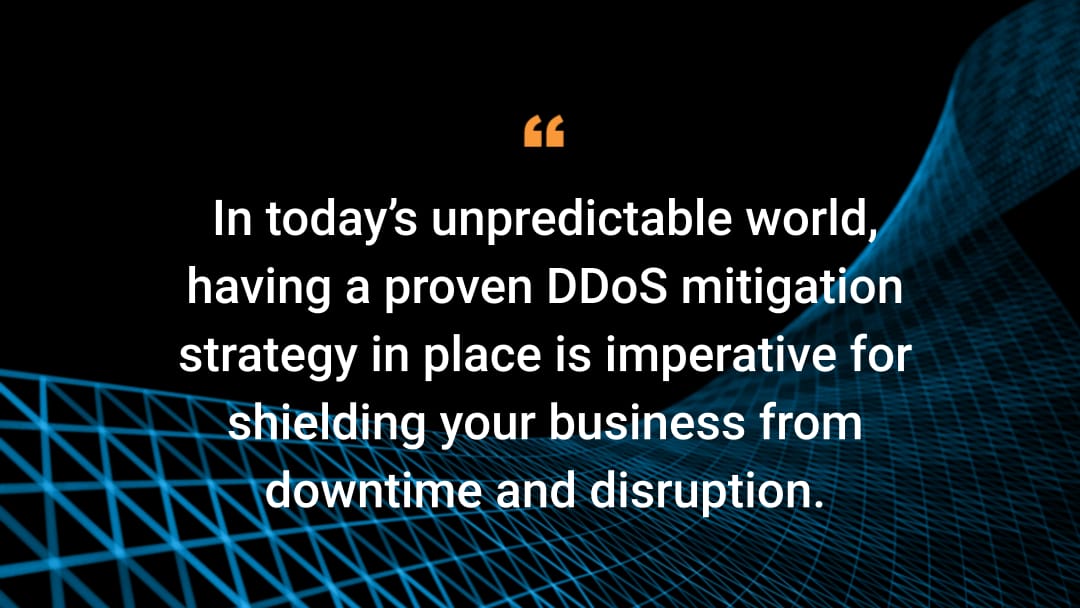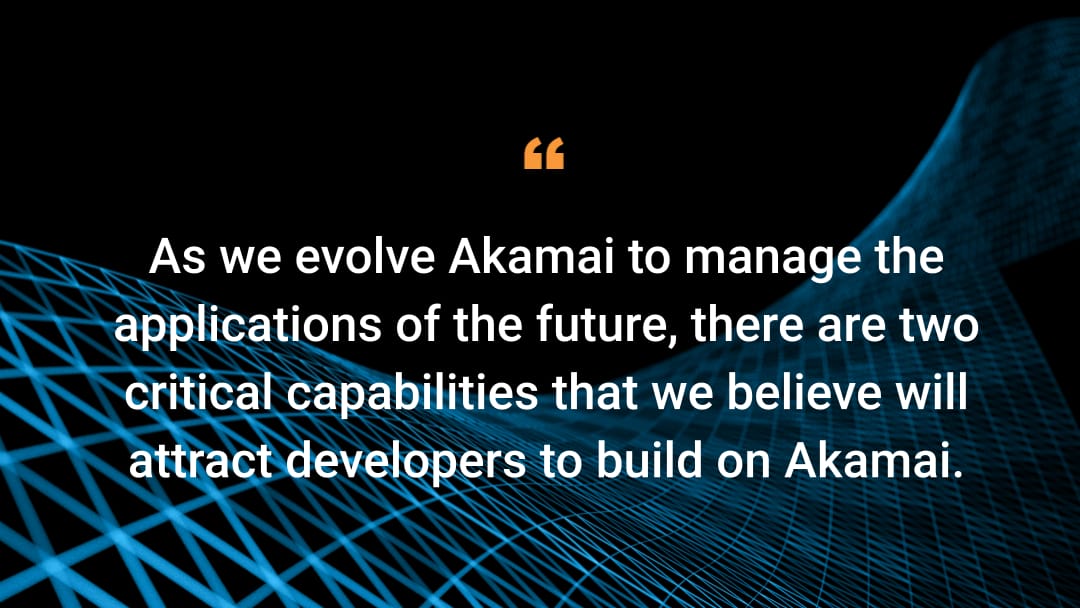Open Finance – Fünf Gründe, Akamai in Betracht zu ziehen

Der zunehmende Einsatz intelligenter Geräte, die verbesserte Konnektivität und die heutigen, extrem anspruchsvollen Kunden machen eine digitale Transformation im Finanzsektor notwendig. Neue Technologien wie Open Banking schaffen sowohl für etablierte Banken als auch für FinTech-Unternehmen neue Möglichkeiten.
Open Finance baut auf dem konzeptionellen Framework des Open Banking auf und hat die digitale Transformation der Branche komplett verändert. Die war möglich durch Innovationen, die durch das Aufkommen von FinTech-Bank-Kooperationen wie automatisiertes Onboarding, intelligente Budgetierung, Kontoaggregation, automatisierte Buchhaltung und Kreditrisikobewertung vorangetrieben wurden.

Bevor wir uns jedoch sowohl mit den Vorteilen als auch mit den Herausforderungen befassen, müssen wir verstehen, was Open Finance ist.
Open Finance oder ein offenes Finanzsystem bietet Kunden von Finanzprodukten und -dienstleistungen die Möglichkeit, die Erlaubnis zur Weitergabe ihrer Informationen an verschiedene Institutionen zu erteilen, die gemäß den von Branchenstandards und Zentralbanken festgelegten Praktiken autorisiert sind. Darüber hinaus können die Kontotransaktionen auf sichere, schnelle und bequeme Weise von verschiedenen Plattformen aus gestartet werden, und nicht nur über die Anwendung oder Website der Bank. FinTech-Unternehmen bringen neue Lösungen und Geschäftsmodelle ein, um die Bankenbranche zu vereinfachen und für weniger Bürokratie zu sorgen. Dies gelingt mit verschiedenen Produkten und Services über APIs, die andere Finanzinstitute und Dritte für die Entwicklung neuer Finanzprodukte und -Services verwenden können.One of the key components in the development of these APIs is open access, allowing developers to create new products and services. This concept of open APIs is the basis for Open Finance, which is the secure way to give providers access to financial information.
At first glance, the idea of having an open financial system and open APIs might not seem like something CISOs in the sector would favor. They might have concerns that this could lead to problems in terms of security and privacy, as the exposure of the applications (or rather of the APIs) may lead them to become a target for attacks that generate negative impact for the business and their customers.
Fintechs have been building and using APIs with more intensity, but according to McKinsey's 2019 Global API Banking Survey, 91% of the larger banks still primarily use internal APIs to reduce costs, increase operational efficiency, and security. The use of open APIs for these banks is already a reality, however, and evolutions are taking place as the regulatory phases of the Open Finance journey led by the central banks have begun.
Another challenge
APIs are a little like the gremlins in the famous 1984 movie of the same name. (As a reminder: When water touches these creatures they end up reproducing and multiplying rapidly.) This unstructured growth is what has been happening in many corporations during the transition to the open API world, possibly creating more problems for architects and security teams and forcing them to work hard to keep the development lifecycle of these APIs secure.
What are the 5 reasons for considering Akamai in Open Finance?
The power of the edge

Der erste Grund, Akamai in Betracht zu ziehen, ist unsere „Kraft“ – auch bekannt als Akamai Intelligent Edge Platform. Diese Plattform ist mit über 4.100 PoPs in 136 Ländern verteilt und umfasst mehr als 360.000 Server, die weltweit verteilt sind.
Welche Vorteile bietet diese Plattform für Open Finance?When a user makes a request for a banking service via an API, instead of going all the way to the origin it will first connect to the nearest edge server, making the exchange of information more performant because of network optimization. This increases the scalability of the API, minimizes friction between user requests to improve the end-user experience. On request, some functions of these services can be handled directly on the Akamai platform, increasing the performance even more.
Akamai offers the world's largest, most pervasive, and resilient platform, designed to optimize visibility, performance, availability, and most important, security for both the user and developer of open APIs.
The Akamai Intelligent Edge Platform also provides the highest flexibility for designing your open API architectures. With a simplified architecture and an integrated workflow, it provides great control to balance and route requests, manage access, and avoid overloading on a global scale.
In addition, the platform responds quickly to unexpected attacks that target APIs, protecting systems and applications from downtime or data theft by intelligently delivering and securing data. The platform will act as a conduit for communication between external partners and financial institutions.
Know your agent

Der zweite sehr wichtige Grund für den Betrieb von Open-Finance-Lösungen ist das digitale Zertifikat, das erforderlich ist, um den Informationsaustausch zwischen den beteiligten Agenten zu sichern. Dazu unterstützt die Akamai-Plattform mutual TLS (mTLS), eine der von den Zentralbanken definierten Open-Finance-Anforderungen.
Diese Open-Finance-Anforderung zielt darauf ab, eine offene Kommunikationsschnittstelle zwischen externen Partnern und Finanzinstituten bereitzustellen und dabei auf beiden Seiten Vertraulichkeit und Integrität zu wahren. Diese Schnittstellen müssen eine sichere Nachrichtenübermittlung untereinander ermöglichen, um das Risiko zu verringern, dass sich ein Cyberangriff auf das Produktions-Ökosystem der Institution auswirkt. Daher müssen die Institutionen erweiterte Sicherheitskontrollen implementieren.
Um diese erforderliche Sicherheit zu gewährleisten, kann die Akamai Intelligent Edge Platform als Verbindung zwischen externen Partnern und dem Finanzinstitut fungieren und die APIs des Unternehmens vor unbefugtem Zugriff schützen.
Wenn Akamai die APIs eines Finanzinstituts schützt, stellen externe Partner zum Zugriff auf die geschützten APIs eine Verbindung zu den Edge-Servern von Akamai her. Bevor die Übermittlung von Daten gestattet wird, legen sowohl der externe Partner als auch Akamai Zertifikate vor, die von einem bestimmten vertrauenswürdigen Anbieter zur Authentifizierung und Verschlüsselung signiert wurden. Erst dann wird eine Verbindung hergestellt.
Zu diesem Zeitpunkt kann die Akamai Intelligent Edge Platform je nach den mit dem Finanzinstitut vereinbarten Konfigurationen auf unterschiedliche Weise agieren.
Option 1: Nur Akamai validiert das Clientzertifikat.
Wenn das Zertifikat von einem vertrauenswürdigen Anbieter ausgestellt wird und es ungültig ist oder widerrufen wird, kann die Verbindung unterbrochen werden. Wenn das Zertifikat gültig ist, wird die Anfrage mit der WAAP-Lösung (Web Application and API Protection) verarbeitet. Dieser Service verbessert den sicheren Zugriff durch das Blockieren schädlicher Anfragen. Nach erfolgreicher Verifizierung wird die Anfrage zusammen mit Kundenzertifikat an das Finanzinstitut weitergeleitet. Damit kann das Finanzinstitut die erforderlichen Felder des Clientzertifikats prüfen und die API-Verbindung aufbauen.
Option 2: Akamai und das Finanzinstitut validieren das vollständige Clientzertifikat.
Bei der ersten Interaktion führt Akamai alle in Option 1 aufgeführten Prüfungen und Schutzmaßnahmen durch und leitet dann die bestätigte Anfrage zusammen mit dem Clientzertifikat an das Finanzinstitut weiter. Das Finanzinstitut validiert das Zertifikat ebenfalls, bevor es auf die Anfrage antwortet und die API-Verbindung aufbaut.

Sicherheit
Akamai is the leading provider of WAAP security solutions for securing APIs and web applications, providing comprehensive protection against the most sophisticated API attacks, web application attacks, and distributed denial-of-service (DDoS) attacks. These security solutions are deployed on the Akamai Intelligent Edge Platform, which extends the financial institution's perimeter to automatically eliminate and block cyberattacks from as far away as possible.
Open Finance APIs can be protected via an application firewall with controls and rules designed by, and automatically updated by, Akamai's global threat research team. Real-time reporting and analytical tools are provided over a web-based management interface to support day-to-day operations, as well as offer a deeper threat analysis. Easy integration with already existing SIEM platforms can enable additional and broader security analyses and centralized tracking of events relevant to customers’ APIs.
Bots
The fourth reason is related to the management of bots, automated robots that access APIs connections. The two main aspects of bot management are:
Technology-related — Bots identified as coming from valid partners should be examined regarding resource consumption, as they can generate excessive consumption of API service, potentially destabilizing the environment or leaving it out of its normal course. To minimize these risks, it is very important to have management and monitoring capabilities that circumvent these situations and proactively protect the environment through a platform such as the Akamai Intelligent Edge Platform.
Business-related — Bots can cause vulnerability exploitation, fraud, credential abuse, and other threats that can impact the business areas that benefit from Open Finance. Current attacks are becoming increasingly sophisticated, and the exploitation of any vulnerabilities can bring risks to the business, in addition to serious damage to the image of the institution that suffers through this situation.
Through its Bot Manager solution, Akamai uses an algorithm of artificial intelligence and machine learning to help financial institutions detect and prevent automated and malicious activity targeting an application or service.. Akamai can distinguish and classify automated traffic generated by a bot versus traffic from legitimate clients. We are able to differentiate good bots from bad bots. Responses to these bots can be simple blocking, forwarding the request to alternative content, or modifying the information and responses, among other actions so that requests from external partners to financial institutions are allowed while another bad bot activity is managed and blocked.
Partnership

Der fünfte Grund, Akamai in Betracht zu ziehen, ist die globale Partnerschaft mit Microsoft. Die Lösungsstrategien von Akamai, die Open Finance unterstützen, sind auf die Nutzung mit Microsoft Azure-Lösungen abgestimmt und vorbereitet.
Microsoft hat gemeinsam mit Akamai eine Referenzarchitektur entwickelt, um Finanzinstitute und Partner bei ihrem Open-Finance-Umstieg zu unterstützen. Produkte von Akamai, die Open Finance unterstützen, können auch über den Marktplatz von Microsoft Azure erworben werden: Microsoft Azure + Akamai.
Fazit
In diesem Beitrag habe ich wichtige Gründe beschrieben, warum Sie die Produkte von Akamai in Betracht ziehen sollten, um mithilfe von Open Finance neue Geschäftsmöglichkeiten zu entwickeln. Wenn Sie Microsoft Azure für Ihren Open-Finance-Umstieg nutzen, hilft Ihnen die mit Microsoft entwickelte Architektur beim Aufbau einer branchenführenden, umfassenden Lösung. Diese Architektur wird derzeit teilweise oder vollständig in einigen brasilianischen Banken implementiert.
Wenn Sie mehr darüber erfahren möchten, wie Akamai Ihnen bei Open Finance helfen kann, wenden Sie sich an uns. Wir stehen Ihnen gerne zur Verfügung.






